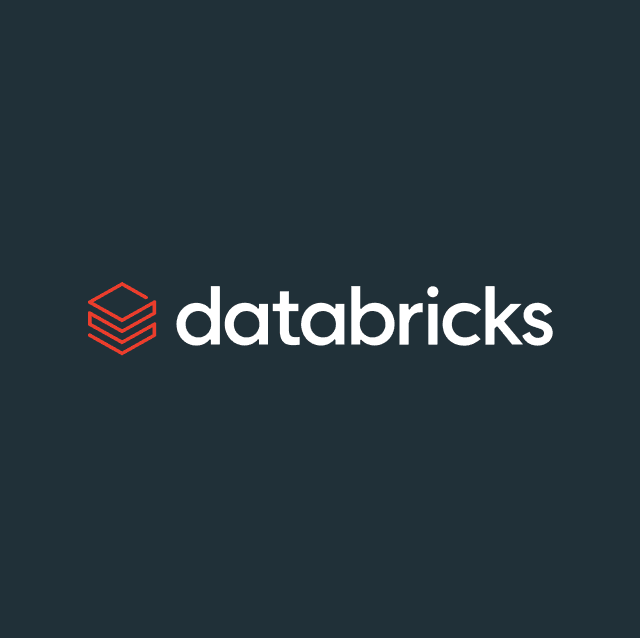In an interview for Hightouch’s The Data Warehouse Advantage in Marketing series, TMW’s Juan Mendoza talks with Darrell Alfonso, the Global Marketing Operations Leader at Indeed, about how the cloud data warehouse is one of the most cost effective single sources of truth for customer data, how activating the data warehouse can drive better marketing experiences, and how marketing and data teams can work better together.
Juan: Darrell, so great to have you with us. You were leading Marketing Operations at AWS as a Global Marketing Operations Leader and now you’re the Director of Marketing Strategy and Operations at Indeed. In your experience, what role does the data warehouse play as a source of truth for customer data?
Darrell: This is a good question to start with and one I often think about. The data warehouse is one of the most cost effective ways to store large amounts of data.
The lack of a single source of truth is the problem that we all have come across. The first problem is disparate data, right? Data is in different places, different sources. There is no single source of truth. So that's problem number one. And you want to solve for that by bringing the data together in one place.
The data warehouse is a great way to do this because it's cost effective. A CDP could store some of this data, too, but it's expensive to do so. The data warehouse is one of the most scalable and cost effective ways to aggregate all your sources of data, but you do need data engineers to manage it.
At Indeed, we use Snowflake (which is like a data warehouse on steroids) and at AWS, we use Redshift.
Now why is this storage of customer data and having a single source of truth an important problem to solve?
With larger companies, particularly B2C and B2B product-led growth companies, where there is a high volume of users, there is a ton of web and product usage data. That data is key to really great digital marketing today.
Learning about what customers are doing online and understanding their motivations are indeed one part of the customer picture. But actually seeing how customers behave on your platform allows you to create very effective, personalized marketing campaigns.
Ultimately, you want to marry that product and web data with data from different sources, like revenue data, to get that single customer view. But you need a place to aggregate all these sources first. However, it doesn’t make sense to store tons and tons of data in a CRM. That's not what a CRM is for. You need something like a cloud data warehouse to serve as your single source of truth to power all of your MarTech tools.
“The data warehouse is a great way to do this because it's cost effective. A CDP could store some of this data, too, but it's expensive to do so. The data warehouse is one of the most scalable and cost effective ways to aggregate all your sources of data, but you do need data engineers to manage it.”

Darrel Alfonso
Director of Marketing Strategy and Operations at Indeed
Juan: Given the cost effectiveness and power of the cloud data warehouse, how can marketers engage with the data warehouse to achieve better marketing outcomes?
Darrell: Marketers fundamentally need to do three things: understand their customers deeply, activate data to engage their customers through campaigns, and measure the impact and performance of those campaigns.
So they need to do these three things, right? It's very difficult to do, however, if the data live in different places. And it's even tougher when you're trying to track a single audience across all of these activities and platforms.
That's why the concept of a single source of truth is so prominent right now. If marketers can look at a single data source, they can do these three activities easily and effectively.
The problems we had before implementing a cloud data warehouse and a single source of truth strategy is that the customer data was different in each place and platform.
And it's so frustrating. I'm looking into one database to figure out how many customers match X criteria. And then when I check Marketo, guess what? The numbers are not the same. There's a million over here, yet 500,000 over there.
So when you move to a single source of truth data strategy, which is usually supported by a cloud data warehouse, you solve for the audience matches across platforms. You're able to activate and move customers across their journey and down the funnel.
“Marketers fundamentally need to do three things: understand their customers deeply, activate data to engage their customers through campaigns, and measure the impact and performance of those campaigns. That's why the concept of a single source of truth is so prominent right now. If marketers can look at a single data source, they can do these three activities easily and effectively.”

Darrel Alfonso
Director of Marketing Strategy and Operations at Indeed
How to Address Data Challenges for Marketers
Juan: What are some big challenges slowing down marketers when it comes to data?
Darrell: Marketers want to create personalized experiences that are relevant and timely– experiences that actually mean something as opposed to a mass message. One of the key challenges slowing marketers down is the need for fresh data to activate our marketing tools to achieve this.
You have all these campaign ideas, but without the ability to activate that data easily - i.e., you have to wait for engineering to build out the system to get XYZ data - you lose valuable time and relevance in those customer experiences.
For example, you don't want to email a customer when they’ve already signed up. Like, how frustrating would that experience be? Imagine, if they've already converted and yet, you're telling them to spend again–I mean, we've all experienced that, right? Like we've bought something and then we see an ad for it. It’s so frustrating. So that slows marketers down: not having the data ready for activation.
The other problem, which I’ve alluded to is the purpose-built rigidity of certain systems. An easy example is Marketo - you can’t treat Marketo like a data warehouse. When you do, you lose performance - it can’t store these tremendous amounts of data. With a cloud data warehouse, however, a huge amount of data is meant to be stored and structured there, allowing for easy activation.
Other teams need to access that data as well – your product, analytics, ML and AI teams. Because the warehouse has all of that data, it’s very scalable. You can actually create robust customer segments and even do identity resolution off of the data warehouse. It’s a straight line to data activation.
Juan: How would you describe the data warehouse approach to customer data compared to say, a traditional customer data platform (CDP) approach?
Darrell: So I’ve chatted with a product leader from a top CDP company and he gave me a low-down of some of the drawbacks of CDPs.
He believes CDPs are very viable solutions, but they are much more expensive than a cloud data warehouse for storing data. You actually don’t have as much flexibility because you play the game of keeping your records low to not go above a certain pricing tier for the CDP. You might think all the data lives there, but because you’re playing this pricing game to keep costs low, you actually don’t have the complete picture of your customers.
The second point is that while a CDP markets itself to be marketer-friendly, what the product leader found was that in so many cases, you still need data engineers to implement the CDP. It's not a plug-and-play thing. So CDP companies end up building this whole additional revenue stream to set up CDPs because it requires so much engineering resources to do so.
I found this to be very eye-opening, but it's one of the reasons why the data warehouse approach seems to be the solution more and more people are adopting versus the traditional CDP.
But this is just one person's take.
MarTech is the Bridge Between Marketing and Technical Teams
Juan: I think on the topic of technical and marketing teams collaboration, how have you seen those two leaderships work well together?
Darrell: That's a really good question. This is one of the pervasive problems that faces our profession: the disconnect between your traditional marketing leadership and your technology leadership.
The way that I've seen this work well and what I've been striving to do is to be the bridge as a marketing operations leader. I think really great marketing operations leadership can be the key to unlocking that bridge as we have insights into both sides.
One of the ways that I bridge the two teams is through creating a roadmap that connects pillars, which are our main business objectives, to expected outcomes and the technical projects to achieve them. Our marketers buy into the pillars and our data engineers can understand the technical projects.
Ultimately, as a MarTech leader, while we are serving internal customers, we always have our eyes on the external customer - we’re always building to better serve our external customers.
Juan: I hear you: customer centricity is that bridge. Both technical and marketing teams care about the customer at the end of the day. Thank you, Darrell, for sharing your insights with the Hightouch team.
Want to Learn More?
If you’re interested in learning more about how you can unlock the power of your cloud data warehouse for marketing, read our blog post or talk to one of our experts today.














